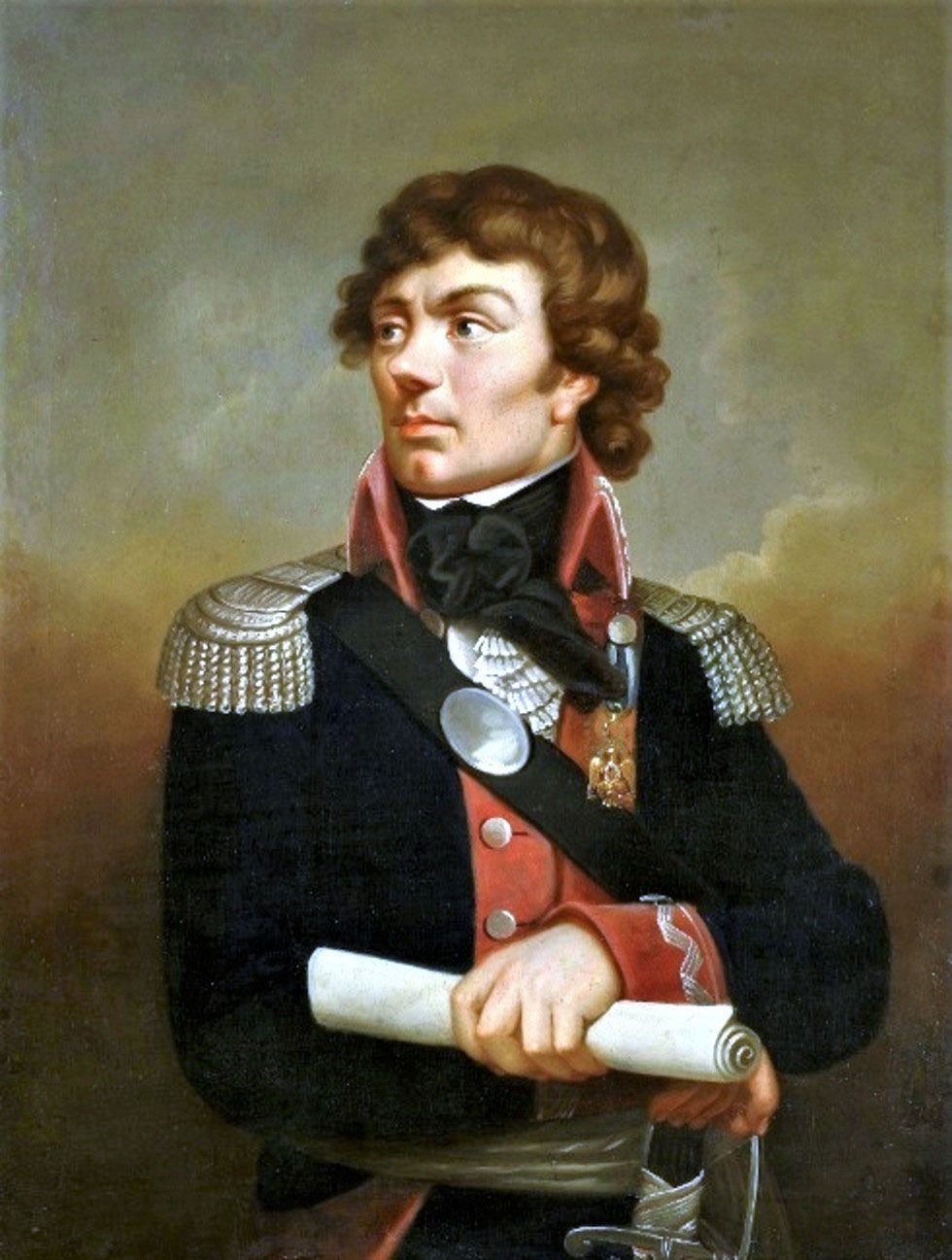
Tadeusz Kościuszko
Many Americans, especially those of Polish descent, are aware of the man Thomas Jefferson called “as pure a son of liberty as I have ever known.” His name is Tadeusz Kościuszko, soldier, strategist, military engineer, iconic leader, and a warrior for liberty.
Kościuszko entered King Stanislaw’s Corps of Cadets in Warsaw in 1765, where he received both liberal arts and military training. Three years later, after he refused to bear arms in an unsuccessful revolt against the king, he decided to leave his homeland. His many travels, in search of a place that would commission him as an officer, led Kościuszko to America where, in 1776, he joined the Continental Army. It was his brilliant military engineering that led to him being credited as the “mastermind” of the American victory at Saratoga, the turning point in the Revolutionary War.
Kościuszko returned once again to his beloved Poland where he led an uprising against Russia in 1794 during the Polish-Russian War. Though faced with a disastrous situation, Kościuszko took command and, due to his charismatic leadership, rallied his countrymen. His leadership resulted in the defeat of the Russians at the battle of Racławice, with four casualties inflicted for each one suffered. King Stanislaw promoted him to lieutenant general as a reward for his victories. He became known as one of Poland’s most brilliant military commanders. But victory proved short-lived and Poland was over-run by its enemies, partitioned among them, and disappeared from the map in 1795. Long a great state, Poland vanished.

Kościuszko continued his lifelong struggle against oppression until he died in 1817, at the age of 71. He was buried alongside Polish kings and heroes and continues to be remembered with monuments throughout Poland.
Monuments to Kościuszko’s memory have also been erected at the U.S. Military Academy at West Point and other American locations to honor his contributions to the American Revolution. Kosciusko, a Texas town bearing his name, was settled by Polish immigrants in the 19th century and is just 12 miles north of Panna Maria.
During World War II, the “Kosciuszko Squadron,” a squadron of Polish airmen flying with the British Royal Air Force in the Battle of Britain, was honored for its bravery and its success against the Nazi Luftwaffe.